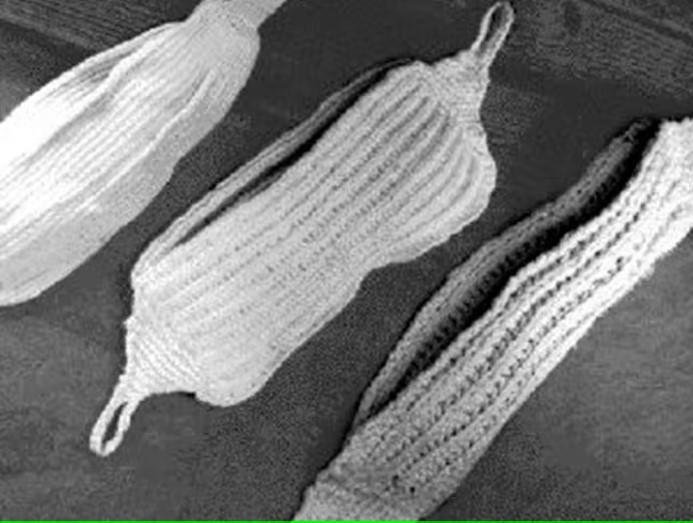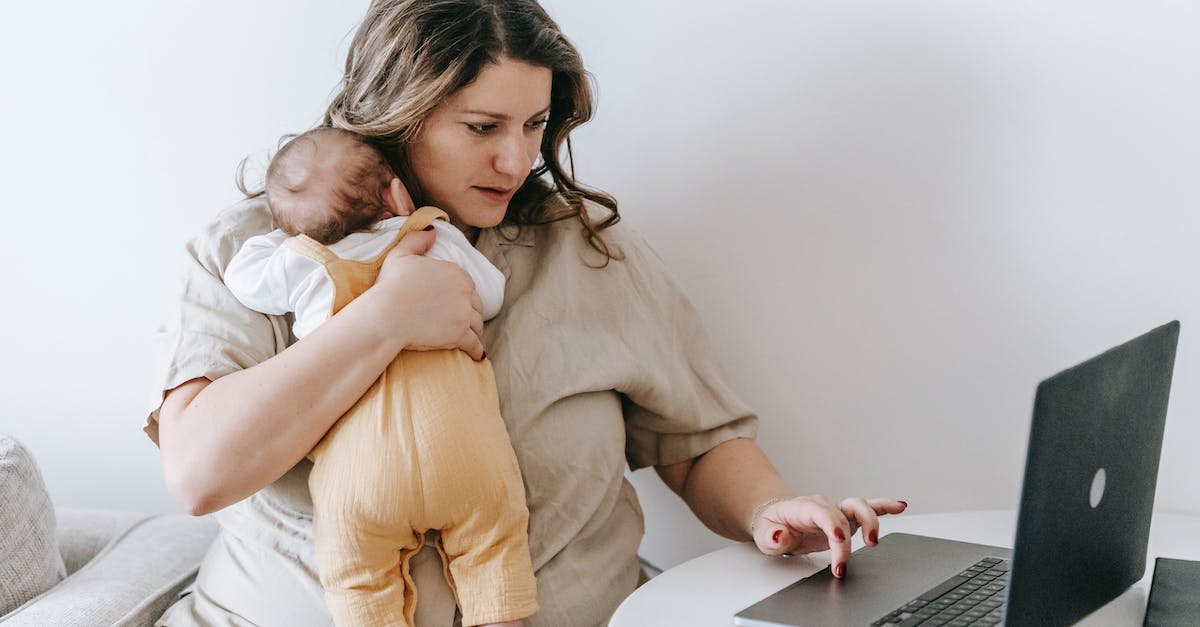Have you ever wondered who invented the revolutionary sanitary pads that have become an essential part of our lives? Well, today we are going to explore the fascinating history of sanitary pads and uncover the truth behind their invention.
Contents
Who Invented Sanitary Pads?

While there isn’t a single individual credited with inventing the sanitary pad, the history of its development is quite interesting and involves several key figures:
Early Beginnings:
- Benjamin Franklin: In the 18th century, Franklin created a type of pad made from wood pulp bandages to help wounded soldiers. This invention laid the foundation for the absorbent technology used in later pads.
- Thomas and William Southall: In the 1880s, these brothers developed the first commercially available disposable sanitary pad, composed of absorbent wool and gauze.
Commercialization and Improvement:
- Mary Beatrice Davidson Kenner: In 1914, Davidson patented the first beltless sanitary pad with an adhesive backing, significantly improving comfort and convenience.
- Kimberly-Clark: The company introduced Kotex in 1920, the first mass-marketed menstrual pad in the United States. Kotex’s success played a crucial role in making pads more accessible and mainstream.
- Johnson & Johnson: In 1896, they developed Lister’s Towels, which were the first commercially available disposable pads in the United States.
Modern Innovations:
- Arunachalam Muruganantham: In the late 1990s, this Indian social entrepreneur developed a low-cost sanitary pad machine to make pads more affordable for women in developing countries.
- Period underwear and menstrual cups: These reusable options have gained popularity in recent years, offering a more eco-friendly and sustainable alternative to disposable pads.
Attributing the invention solely to one person would be inaccurate. Instead, the development of sanitary pads involved the contributions of numerous individuals and companies, each building upon the work of others to create the products we know today.
The Impact of Sanitary Pads

Sanitary pads have had a profound impact on individuals and society as a whole, both positive and negative. Let’s explore both sides:
Positive Impacts:
- Improved menstrual hygiene: Sanitary pads provide a convenient and hygienic way to manage menstruation, reducing the risk of infections and irritation.
- Increased participation in activities: Pads allow women and girls to participate in sports, education, and other activities without fear of leaks or discomfort.
- Empowerment and confidence: Access to proper menstrual hygiene products can boost self-esteem and confidence, empowering women and girls to fully participate in society.
- Economic opportunities: The production and distribution of sanitary pads create jobs and contribute to economic growth.
- Innovation and development: The search for sustainable and affordable pads has led to innovations in materials and manufacturing processes.
Negative Impacts:
- Environmental impact: Disposable sanitary pads contribute significantly to waste generation and pollution, as they can take hundreds of years to decompose.
- Accessibility and affordability: In many parts of the world, particularly in developing countries, sanitary pads are expensive or unavailable, leading to menstrual inequity and health issues.
- Chemical concerns: Some pads contain chemicals that may be harmful to human health and the environment.
- Social stigma: Menstruation is still shrouded in stigma in many cultures, and the use of sanitary pads can reinforce these negative attitudes.
- Limited choice: Despite recent advancements, the range of available sanitary products remains limited, particularly for women with specific needs or preferences.
Conclusion
The invention of sanitary pads has had a transformative impact on menstrual hygiene and the lives of women. It is essential to continue embracing innovative and sustainable period products to further improve women’s well-being and promote gender equality.
Frequently Asked Questions
How did women manage their periods before the invention of sanitary pads?
Before the invention of sanitary pads, women used cloth rags or DIY pads made from linen or moss to absorb menstrual fluids. They would wash and reuse these cloth pads.
Did Queen Elizabeth I use sanitary pads?
Queen Elizabeth I of England used black silk girdles to hold her linen sanitary towels, or “vallopes of Holland cloth”, in place. She also famously took a bath once a month, likely at the end of her flow.
What materials were used before pads and tampons?
Before the advent of commercial feminine hygiene products, women used cloth rags made from linen or moss to absorb menstrual fluids.
What are some ancient and historical practices for menstrual hygiene?
In ancient Greece, lint wrapped around wood served as a tampon, while Native Americans used moss and buffalo skin as pads. In Europe during the 18th and 19th centuries, women made homemade cloth pads from woven fabric or flannel.
I am a medical student with experience and interest in Women’s health and well-being.